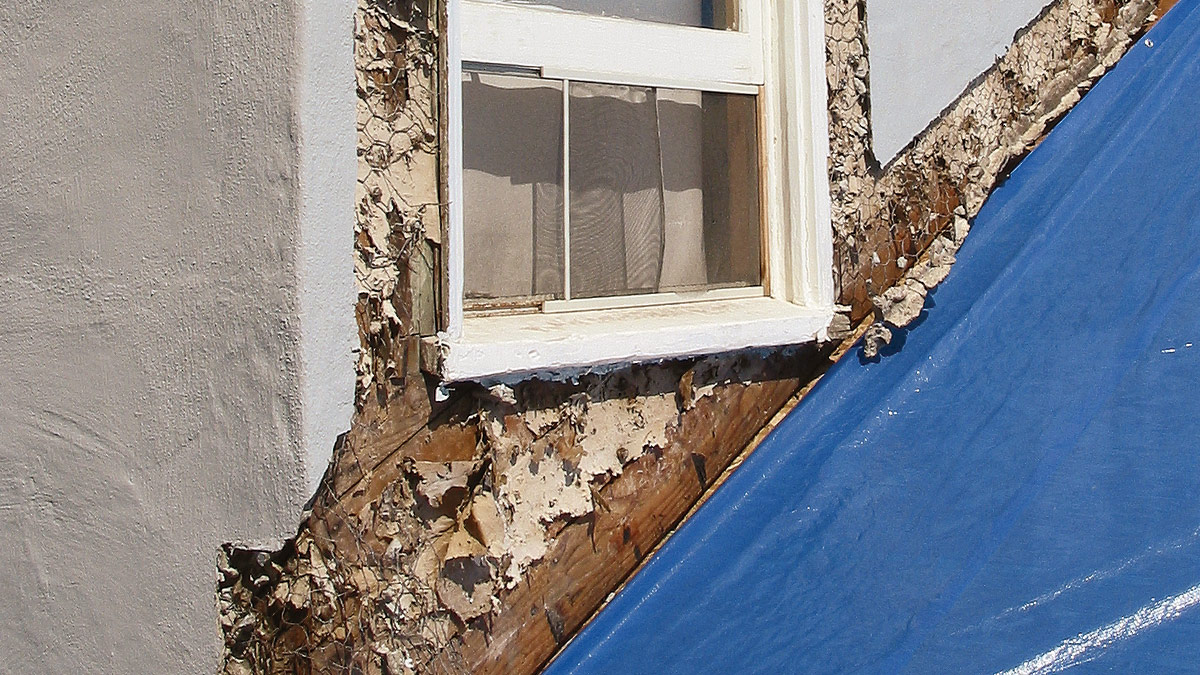With a rich history that traces back to ancient times, stucco stands as a versatile wall covering that adds aesthetic value and durability. However, just like other forms of wall coverings, it requires maintenance and occasional fixing due to damage or aging. This paper aims to offer insights on stucco fixing by defining what stucco is, emphasizing its importance, and walking through the process of Stucco Repair.
Definition of Stucco
Stucco, in its simplest form, is a type of exterior plaster applied as a protective and decorative coating for walls and ceilings. Its main components include cement, sand, and lime, although the exact formulation varies based on the desired finish and textural quality. Historically, stucco was utilized by ancient civilizations like the Greeks and the Romans for their buildings, showcasing its timeless appeal. In modern times, stucco is celebrated for its durability, customizability, and visual charm.
Process of Stucco Fixing
Despite its durable properties, stucco can be susceptible to cracks, holes, and water damage over time, and these require attention to avoid further deterioration. Stucco fixing is a procedure that addresses these issues, and it typically progresses in several steps.
The first step in stucco fixing is assessing the extent of the damage. This can range from minor cosmetic defects to significant structural issues. It is essential to understand the gravity of the problem as it informs the approach for the repair. Small cracks and holes may be fixed with simple patching techniques, while larger damages may require the removal and replacement of the affected stucco.
Next, necessary materials for the repair, including stucco mix, metal lath, and other tools, are gathered. For minor repairs, premixed stucco repair compounds are available in most hardware stores. However, for larger damages, a more extensive list of materials may be required, including fresh stucco mix and metal lath to reinforce the repair.
Once the materials are in place, the damaged area is cleaned and prepped to ensure a sound base for the new stucco. Loose or crumbling stucco is removed, the area is thoroughly cleaned, and if necessary, wetted down to ensure firm adhesion of the new stucco.
The new stucco mix is then applied. The thickness of the application depends on the extent of the damage. If applied in layers, each layer is allowed to dry before applying the next. The final layer, also known as the finish coat, is textured to match the existing wall.
The last step in stucco fixing is sealing and painting. After the newly applied stucco is completely dried, it is commonly sealed with a water-resistant sealant and painted to match the rest of the building.
Read the website to know about the importance of Stucco.




